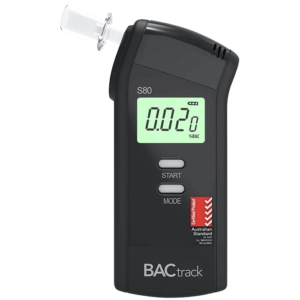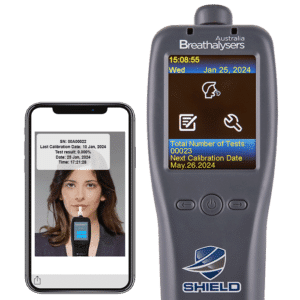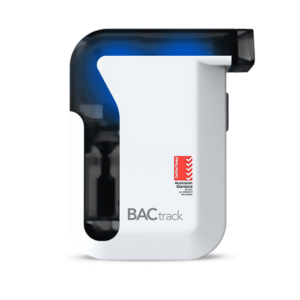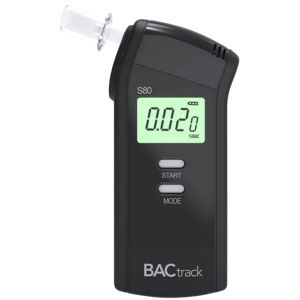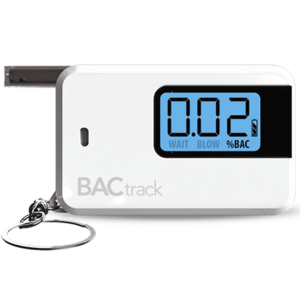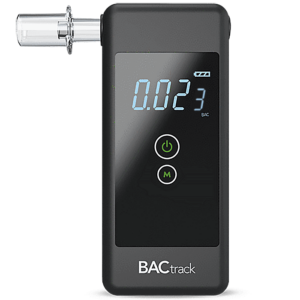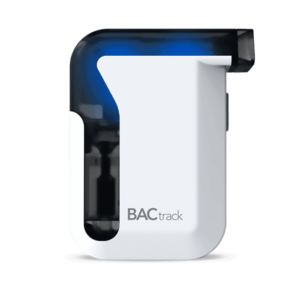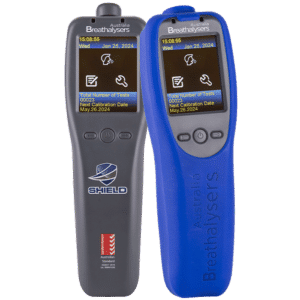Crystal Drug and Alcohol Testing – Various Methods
01 August, 2022
Illegal drugs and alcohol are one of the most abused substances worldwide. Their misuse has significant impacts on a person’s health and safety. It can severely impair the brain’s functions, affecting senses, perception, and motor functions. Additionally, frequent intake and high doses may lead to serious health issues. One of the most abused drugs is methamphetamine or meth. They can cause altered behaviour and reduced abilities, which are safety hazards, especially while driving or working. Therefore, law enforcement, hospitals, and workplaces typically conduct crystal drug and alcohol testing to minimise their negative effects.
Crystal drug and alcohol testing are commonly executed in workplaces and other public areas to prevent accidents. Most testing methods include the detection of methamphetamine as one of the most abused substances. Additionally, workplace devices from Breathalysers New Zealand efficiently check alcohol consumption. Breath testers or breathalysers are compact testing equipment that measures the Blood Alcohol Content (BAC) of a person. The BAC is the amount of alcohol in the bloodstream, indicating the degree of impairment.
Crystal Drug and Alcohol Testing: Characteristics of Methamphetamine and Alcohol
Methamphetamine is a highly addictive stimulant that affects the central nervous system. It comes in two main forms: a powder and a crystal rock. It floods the brain with dopamine (a brain chemical associated with pleasure), resulting in wakefulness and hyperactivity. The euphoric effects can last from 4 to 16 hours. However, the aftereffects include irritability, depression, and physical exhaustion. On the other hand, alcohol is a depressant that alters a person’s mood or behaviour. Therefore, workplaces implement crystal drug and alcohol testing to determine employees with substance dependence or disorder. Additionally, severe impairment has the following effects:
- Blurred vision
- Reduced hearing
- Slurred speech
- Compromised reasoning or judgment
- Balance loss
- Poor coordination
- Long-term health risks (high blood pressure, heart disease, stroke, liver disease, and digestive problems)

Methods for Crystal Drug and Alcohol Testing
Illicit drugs and alcohol can stay in the system for specific periods. Once these substances enter the body, portions enter the bloodstream, where they get circulated to different organs. For example, drugs or alcohol end up in the heart, lungs, and liver. Likewise, they can exit the body through urine, sweat, and exhaled breath. Workplaces use various crystal drug and alcohol testing methods depending on the company’s particular need or circumstance. These procedures are:
- Urine test – meth remains in the body longer than other drug stimulants. In addition, the duration of its effects depends on the amount taken, how it was administered, and how well the body organs function. Urine tests can detect meth 72 hours after the last dose.
- Saliva test – obtains oral fluid sample to examine for drug content. Saliva or mouth swab test can trace drugs within 5 to 48 hours of last use. Its short detection window is suitable for determining recent exposure or intoxication.
- Hair test – drugs that enter the hair shaft are detectable through a hair sample test. It provides a longer detection period of up to 90 days.
- Blood test – blood sample test can detect drugs for up to 48 hours. It is the most accurate yet the most invasive test. Therefore, they are suited for confirmation of an initial drug screen.
- Breath test – breathalysers can trace alcohol for up to 24 hours.
Alcohol Testing with a Breathalyser
A breath test is a non-invasive method of determining alcohol use through the breath sample. Testing devices like a breathalyser captures the exhaled breath and process the sample through the alcohol sensors. Breathalysers like BACtrack utilise fuel cell sensors to measure the BAC accurately. Fuel cell breathalysers undergo an electrochemical process to oxidise alcohol in the breath to produce small electrical currents. Moreover, fuel cell sensors only react to ethanol, reducing false-positive results. Professional settings with crystal drug and alcohol testing programs use fuel cell breathalysers and drug test kits to determine substance impairment. Furthermore, the fuel cell breathalysers at Breathalysers New Zealand are police-grade, the same technology used in a roadside breath test procedure. Safety-regulated industries and private companies may utilise the BACtrack S80 Pro Gen2 as an efficient workplace breathalyser. It provides police-grade accuracy for dependable alcohol breath tests.
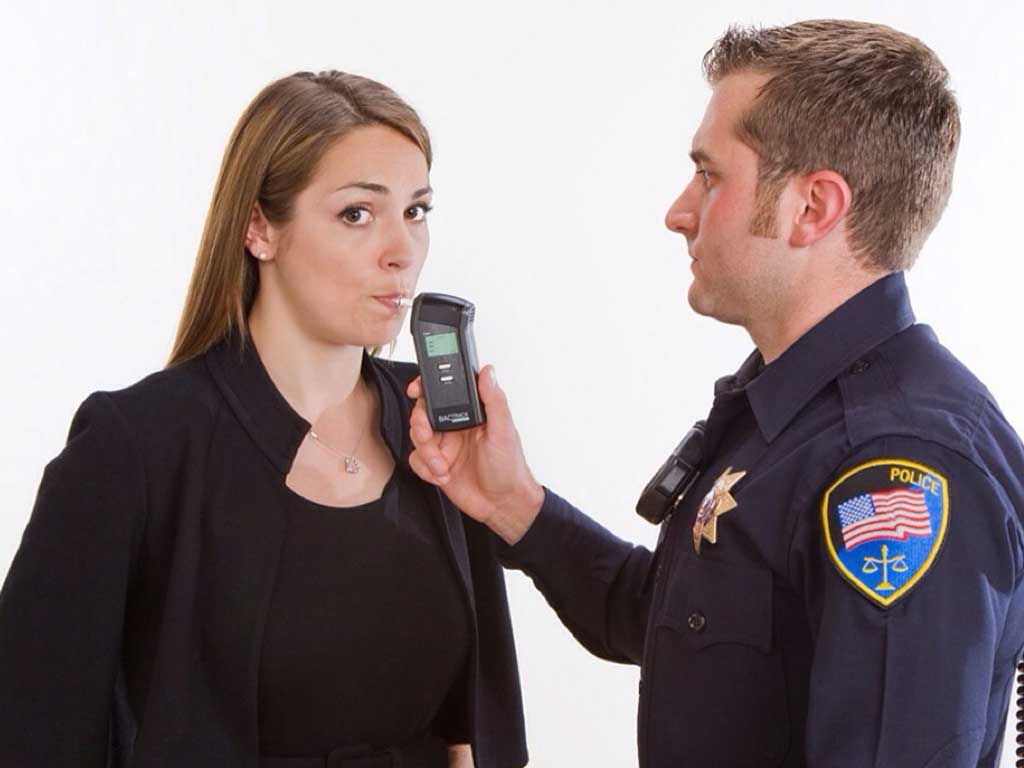
Where is Crystal Drug and Alcohol Testing Implemented
Crystal drug and alcohol testing benefits many uses or environments. The prevalence of drug and alcohol use brings adverse effects to individuals or the public. Workplaces with zero-tolerance policies rely on the device’s accuracy to ensure safety. Professional breathalysers like the BACtrack S80 Pro Gen2 and Mobile Gen2 are specially engineered to meet the high demand for workplace testing. Thus, their use is strictly regulated in critical areas. Moreover, the common circumstances for conducting workplace drug and alcohol screening are:
- Pre-employment – employers include passing a drug and alcohol test as a requirement in safety-critical roles. It aims to avoid hiring a prospective employee with risky behaviour.
- Post-incident – workplaces conduct drug and alcohol tests within a specific period to determine the exact cause of an accident or near-miss. Likewise, it helps employers know if an incident is due to substance impairment or other reasons, such as mechanical failure.
- Random – an announced test to determine employees with recent exposure to drugs or alcohol. Employers must ensure to follow strict protocols based on the workplace policy.
- Reasonable suspicion – a supervisor or manager requests specific personnel displaying signs of intoxication to undergo a drug and alcohol test. This test must also be done under strict guidelines and with proper documentation to avoid legal issues.
- Rehabilitation – employers may offer treatment through the Employee Assistance Program to aid a worker in recovering from a drug or alcohol use disorder. The employee takes periodic tests while under treatment to prevent relapse.
Alcohol Testers at Breathalysers Australia
Workplaces use crystal drug and alcohol testing to determine substance impairment and minimise related risks. Employers utilise various methods like urine or saliva tests to screen for drugs. Meanwhile, the most practical and cost-effective method for alcohol monitoring is a breathalyser. Breathalysers New Zealand offers a comprehensive selection of alcohol testers for personal or workplace use. Employers may avail of the BACtrack workplace breathalysers to enable frequent alcohol breath testing. Some organisations also encourage employees to use personal breathalysers to monitor the BAC when consuming alcohol after work hours. Thus, it helps employees moderate their intake and ensure sobriety at work. Moreover, the BACtrack breathalysers have a one-touch operation, making them efficient for quick alcohol breath tests. Furthermore, they can process the breath sample and display the BAC results in 10 to 15 seconds.
Conclusion
Early detection through crystal drug and alcohol testing helps prevent harmful health and safety risks. Workplaces or individuals may use various methods to determine substance use or impairment. These devices help deter substance use and promote safer and healthier practices. Additionally, knowing the wide testing options enable you to select an appropriate program enhancing personal or workplace safety. Finally, you may get reliable devices like the BACtrack breathalysers from Breathalysers New Zealand to help make informed decisions.



















